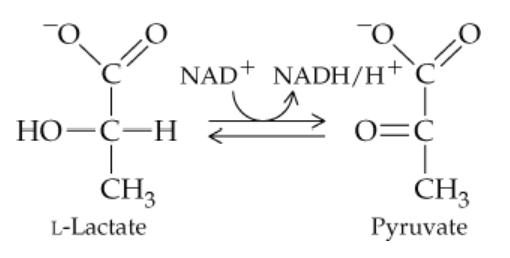Here are the essential concepts you must grasp in order to answer the question correctly.
Enzyme Classification
Enzymes are classified into six main classes based on the type of reaction they catalyze. These classes include oxidoreductases, transferases, hydrolases, lyases, isomerases, and ligases. Understanding this classification is essential for identifying the specific subclass of an enzyme based on its function in biochemical reactions.
Recommended video:
Six Main Classifications Concept 3
Oxidoreductases
Oxidoreductases are a subclass of enzymes that catalyze oxidation-reduction reactions, where electrons are transferred between molecules. In the context of the question, the removal of hydrogens typically indicates an oxidation process, suggesting that the enzyme in question is likely an oxidoreductase, which plays a crucial role in metabolic pathways.
Recommended video:
Oxidoreductases Example 3
Reaction Mechanism
The reaction mechanism refers to the step-by-step sequence of events that occur during a chemical reaction, including the formation and breaking of bonds. Understanding the mechanism helps in identifying the role of specific enzymes and the nature of the substrates involved, which is vital for answering questions about enzyme subclasses and their functions.
Recommended video:
Alcohol Reactions: Dehydration Reactions Concept 1

 Verified step by step guidance
Verified step by step guidance Verified video answer for a similar problem:
Verified video answer for a similar problem:



 :39m
:39m